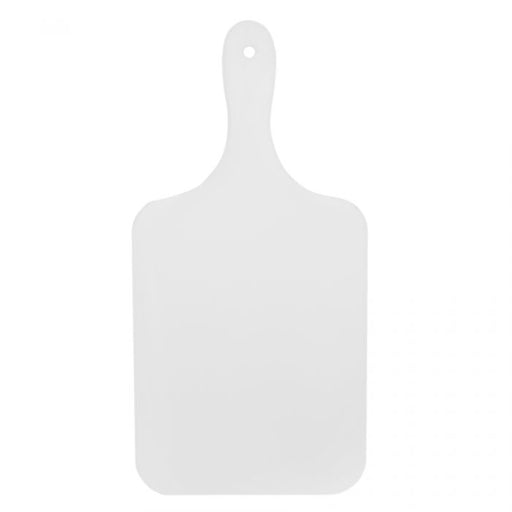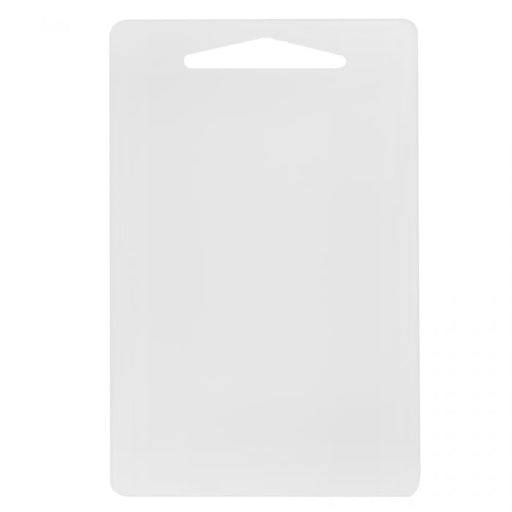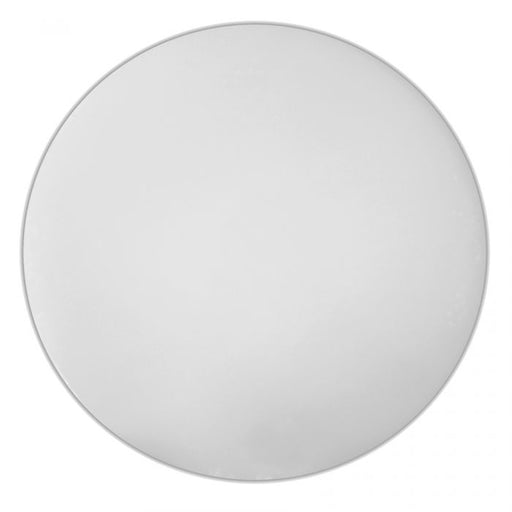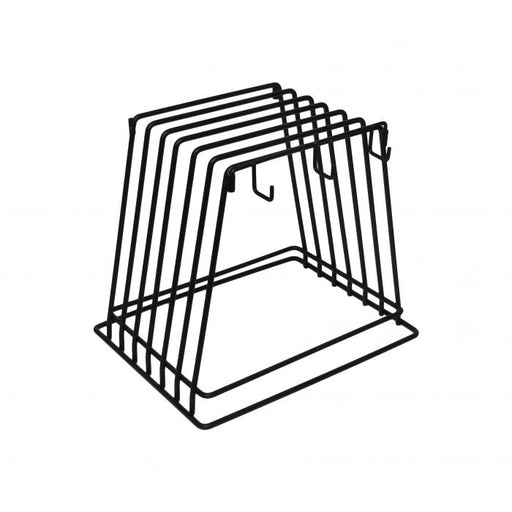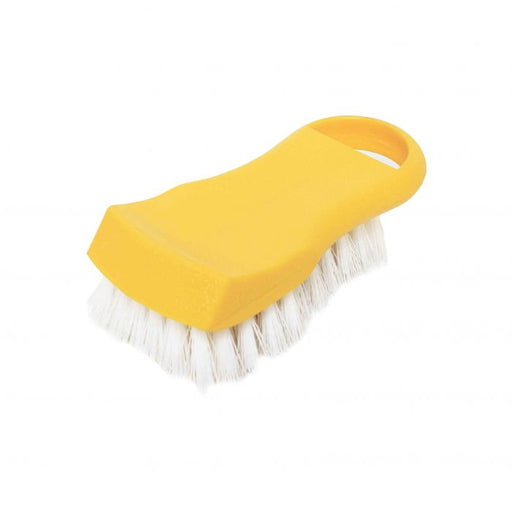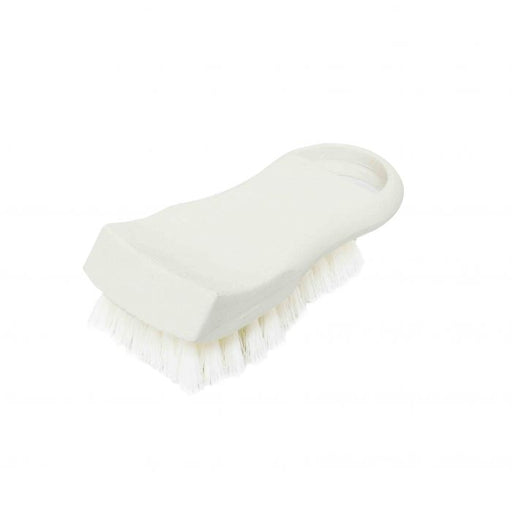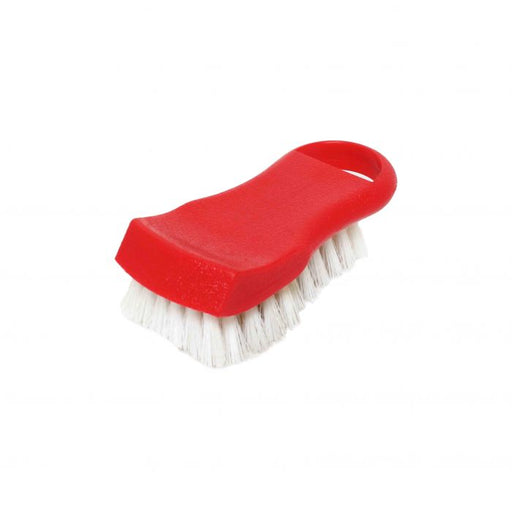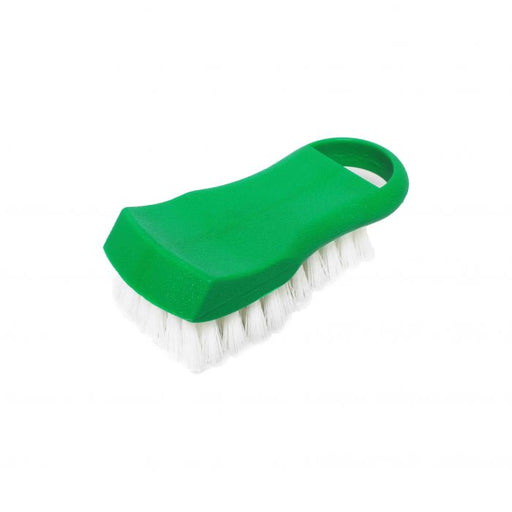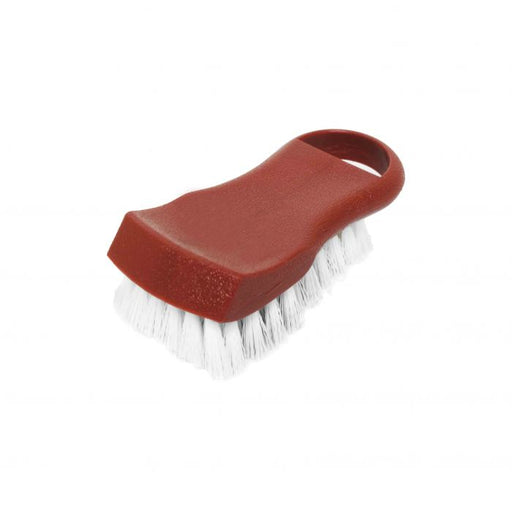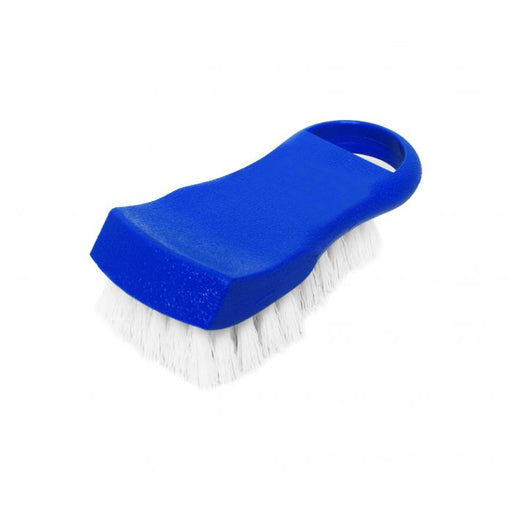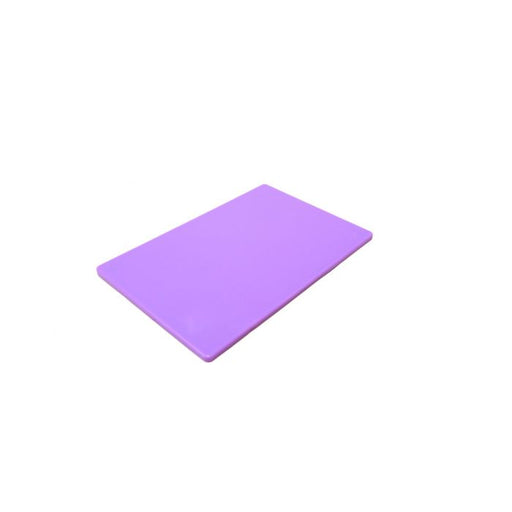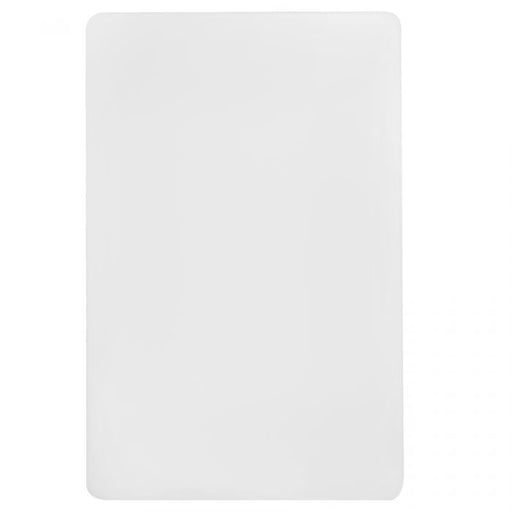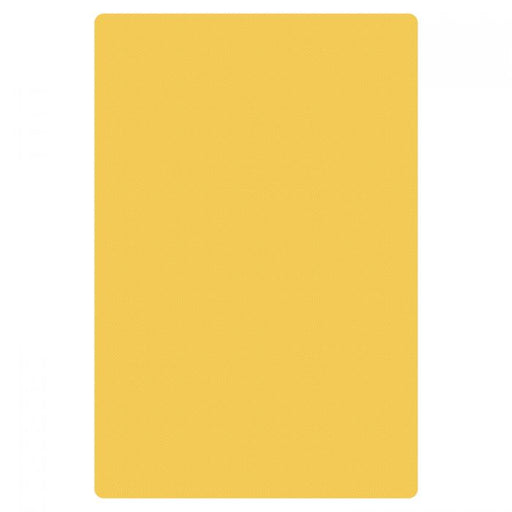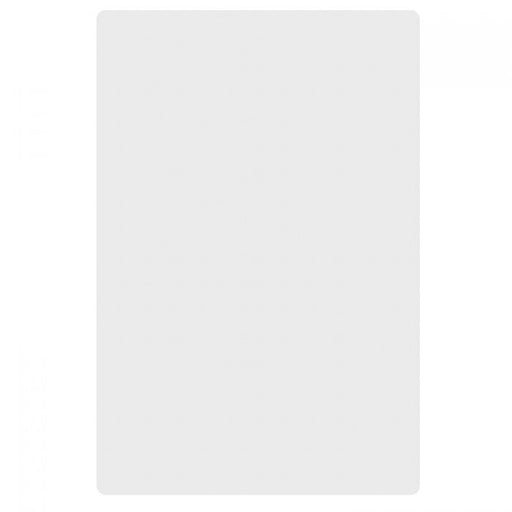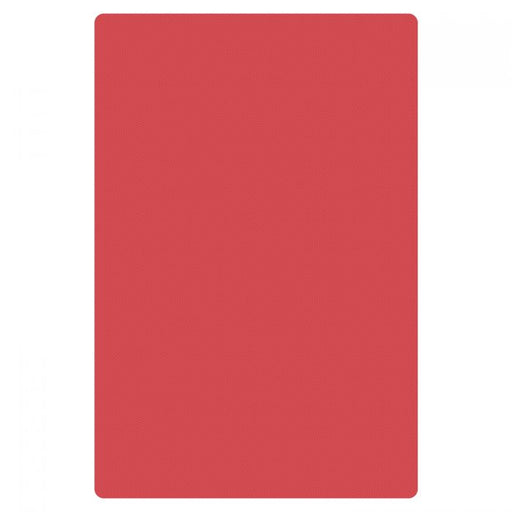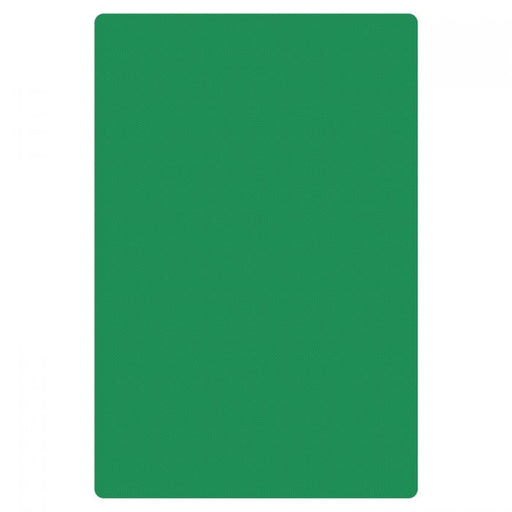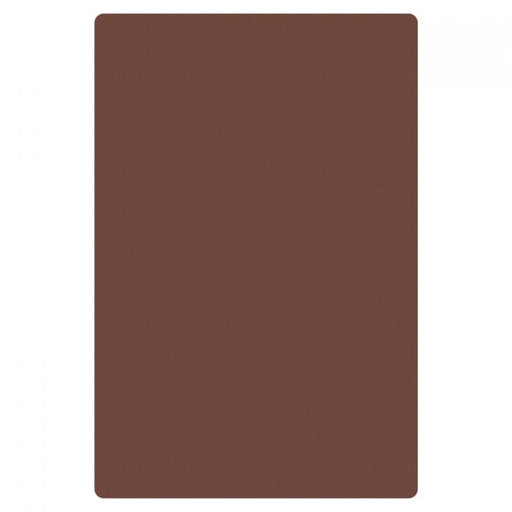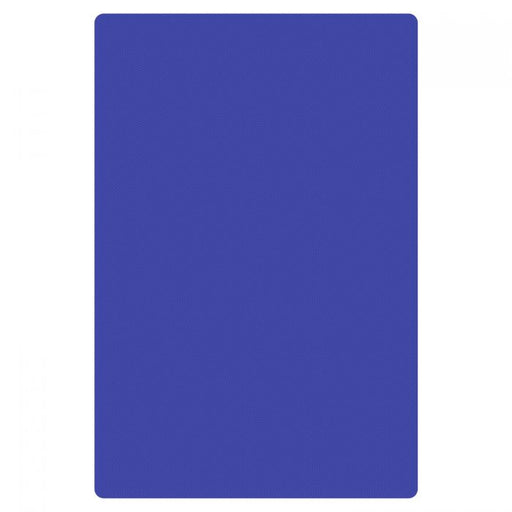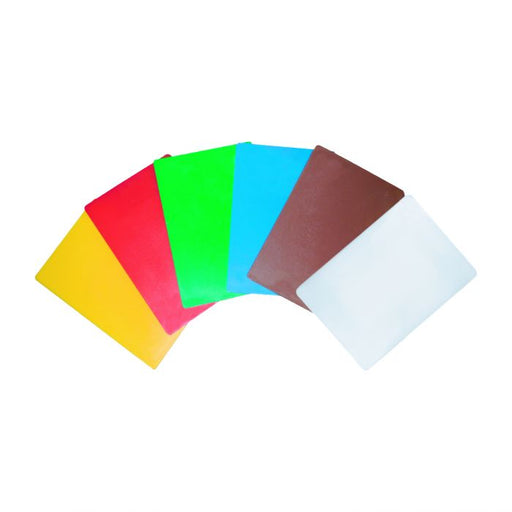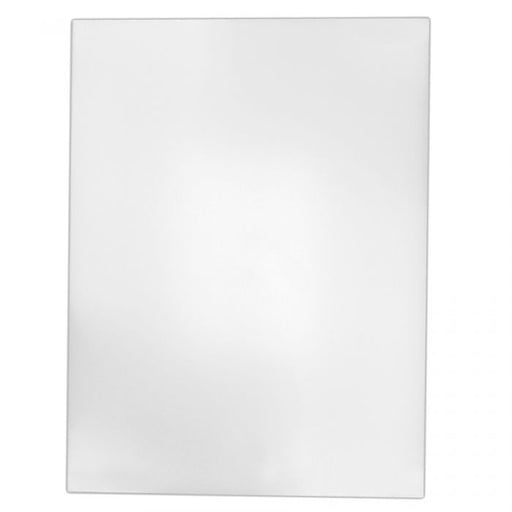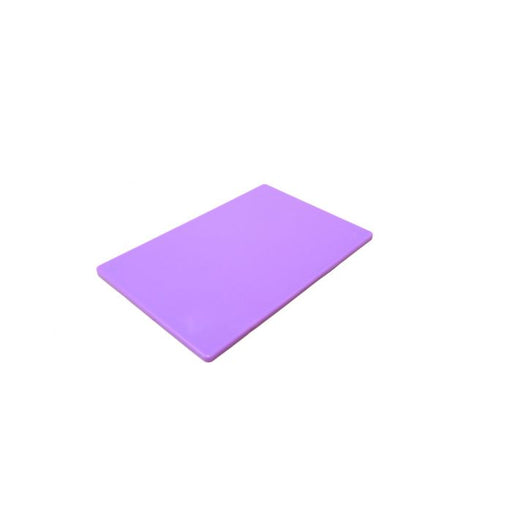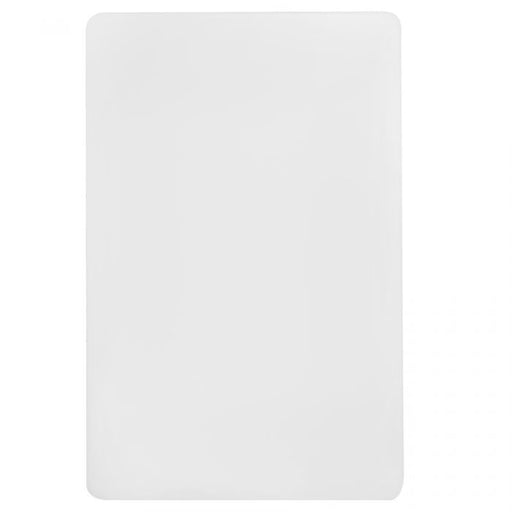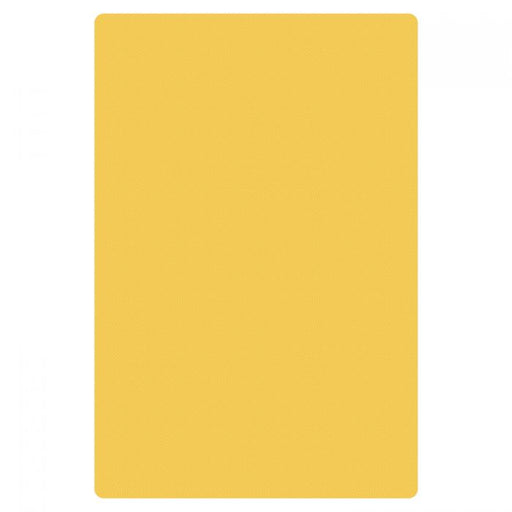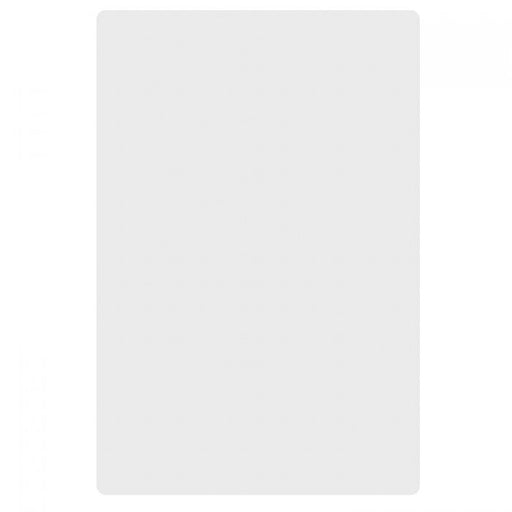
Cutting Board
Filters
-
Thunder Group PLCB007 Ping Pong Cutting Board
Original price $19.25Original price $19.25 - Original price $19.25Original price $19.25Current price $11.36$11.36 - $11.36Current price $11.36| /13-7/8" x 6-7/8" x 3/8", Ping Pong Cutting Board with Non-Skid Surface, High Density Polyethylene, Made In Taiwan, Dishwasher Safe
Original price $19.25Original price $19.25 - Original price $19.25Original price $19.25Current price $11.36$11.36 - $11.36Current price $11.36| / -
Thunder Group PLCB008 6" X 10" X 3/8" Cutting Board
Original price $6.68Original price $6.68 - Original price $6.68Original price $6.68Current price $3.94$3.94 - $3.94Current price $3.94| /6" x 10" x 3/8", Cutting Board with Non-Skid Surface, High Density Polyethylene, Made In Taiwan, Dishwasher Safe
Original price $6.68Original price $6.68 - Original price $6.68Original price $6.68Current price $3.94$3.94 - $3.94Current price $3.94| / -
Thunder Group PLRCB002 14" X 1/2" PE Round Cutting Board
Original price $38.66Original price $38.66 - Original price $38.66Original price $38.66Current price $22.82$22.82 - $22.82Current price $22.82| /14" Diameter x 1/2" Thickness, Heavy-Duty Round Cutting Board, High Density Polyethylene, Made In Taiwan, Dishwasher Safe
Original price $38.66Original price $38.66 - Original price $38.66Original price $38.66Current price $22.82$22.82 - $22.82Current price $22.82| / -
Thunder Group PLCBR006 Cutting Board Rack, Fits 6 Board, Powder Coated With 6 Brush Hooks (Kd)
Original price $29.21Original price $29.21 - Original price $29.21Original price $29.21Current price $17.24$17.24 - $17.24Current price $17.24| /12" x 9-1/4" x 10-1/4", Sturdy, Powder-Coated Cutting Board Rack, holds up to 6 Cutting Boards and features 6 Brush Hooks on the sides for hanging ...
View full detailsOriginal price $29.21Original price $29.21 - Original price $29.21Original price $29.21Current price $17.24$17.24 - $17.24Current price $17.24| / -
Thunder Group PLCBB02YW 6" X 2 1/2" X 2" Cutting Board Brush, Plastics, Yellow
Original price $5.59Original price $5.59 - Original price $5.59Original price $5.59Current price $3.30$3.30 - $3.30Current price $3.30| /6" x 2-1/2" x 2", Cutting Board Brush, Yellow Color, PolyVinyl Chloride
Original price $5.59Original price $5.59 - Original price $5.59Original price $5.59Current price $3.30$3.30 - $3.30Current price $3.30| / -
Thunder Group PLCBB02WH 6" X 2 1/2" X 2" Cutting Board Brush, Plastics, White
Original price $5.59Original price $5.59 - Original price $5.59Original price $5.59Current price $3.30$3.30 - $3.30Current price $3.30| /6" x 2-1/2" x 2", Cutting Board Brush, White Color, PolyVinyl Chloride
Original price $5.59Original price $5.59 - Original price $5.59Original price $5.59Current price $3.30$3.30 - $3.30Current price $3.30| / -
Thunder Group PLCBB02RD 6" X 2 1/2" X 2" Cutting Board Brush, Plastics, Red
Original price $5.59Original price $5.59 - Original price $5.59Original price $5.59Current price $3.30$3.30 - $3.30Current price $3.30| /6" x 2-1/2" x 2", Cutting Board Brush, Red Color, PolyVinyl Chloride
Original price $5.59Original price $5.59 - Original price $5.59Original price $5.59Current price $3.30$3.30 - $3.30Current price $3.30| / -
Thunder Group PLCBB02GR 6" X 2 1/2" X 2" Cutting Board Brush, Plastics, Green
Original price $5.59Original price $5.59 - Original price $5.59Original price $5.59Current price $3.30$3.30 - $3.30Current price $3.30| /6" x 2-1/2" x 2", Cutting Board Brush, Green Color, PolyVinyl Chloride
Original price $5.59Original price $5.59 - Original price $5.59Original price $5.59Current price $3.30$3.30 - $3.30Current price $3.30| / -
Thunder Group PLCBB02BR 6" X 2 1/2" X 2" Cutting Board Brush, Plastics, Brown
Original price $5.59Original price $5.59 - Original price $5.59Original price $5.59Current price $3.30$3.30 - $3.30Current price $3.30| /6" x 2-1/2" x 2", Cutting Board Brush, Brown Color, PolyVinyl Chloride
Original price $5.59Original price $5.59 - Original price $5.59Original price $5.59Current price $3.30$3.30 - $3.30Current price $3.30| / -
Thunder Group PLCBB02BU 6" X 2 1/2" X 2" Cutting Board Brush, Plastics, Blue
Original price $5.59Original price $5.59 - Original price $5.59Original price $5.59Current price $3.30$3.30 - $3.30Current price $3.30| /6" x 2-1/2" x 2", Cutting Board Brush, Blue Color, PolyVinyl Chloride
Original price $5.59Original price $5.59 - Original price $5.59Original price $5.59Current price $3.30$3.30 - $3.30Current price $3.30| / -
Thunder Group PLCB241805PP 24" X 18" X 1/2", Color Coded Cutting Board With Non-Absorbent And Non-Skid Surface, Purple Color
Original price $48.38Original price $48.38 - Original price $48.38Original price $48.38Current price $28.56$28.56 - $28.56Current price $28.56| /24" x 18" x 1/2", Color Coded Cutting Board with Non-Absorbent and Non-Skid Surface, Purple Color, High Density Polyethylene, Made In Taiwan, Dishw...
View full detailsOriginal price $48.38Original price $48.38 - Original price $48.38Original price $48.38Current price $28.56$28.56 - $28.56Current price $28.56| / -
Thunder Group PLCB006 24" X 18" X 1/2" Cutting Board
Original price $44.04Original price $44.04 - Original price $44.04Original price $44.04Current price $26.00$26.00 - $26.00Current price $26.00| /24" x 18" x 1/2", Cutting Board with Non-Skid Surface, High Density Polyethylene, Made In Taiwan, Dishwasher Safe, NSF
Original price $44.04Original price $44.04 - Original price $44.04Original price $44.04Current price $26.00$26.00 - $26.00Current price $26.00| / -
Thunder Group PLCB241805YW 24" X 18" X 1/2" Color PE Board, Yellow
Original price $48.38Original price $48.38 - Original price $48.38Original price $48.38Current price $28.56$28.56 - $28.56Current price $28.56| /24" x 18" x 1/2", Color Coded Cutting Board with Non-Absorbent and Non-Skid Surface, Yellow Color, High Density Polyethylene, Made In Taiwan, Dishw...
View full detailsOriginal price $48.38Original price $48.38 - Original price $48.38Original price $48.38Current price $28.56$28.56 - $28.56Current price $28.56| / -
Thunder Group PLCB241805WH 24" X 18" X 1/2" Color PE Board, White
Original price $48.38Original price $48.38 - Original price $48.38Original price $48.38Current price $28.56$28.56 - $28.56Current price $28.56| /24" x 18" x 1/2", Color Coded Cutting Board with Non-Absorbent and Non-Skid Surface, White Color, High Density Polyethylene, Made In Taiwan, Dishwa...
View full detailsOriginal price $48.38Original price $48.38 - Original price $48.38Original price $48.38Current price $28.56$28.56 - $28.56Current price $28.56| / -
Thunder Group PLCB241805RD 24" X 18" X 1/2" Color PE Board, Red
Original price $48.38Original price $48.38 - Original price $48.38Original price $48.38Current price $28.56$28.56 - $28.56Current price $28.56| /24" x 18" x 1/2", Color Coded Cutting Board with Non-Absorbent and Non-Skid Surface, Red Color, High Density Polyethylene, Made In Taiwan, Dishwash...
View full detailsOriginal price $48.38Original price $48.38 - Original price $48.38Original price $48.38Current price $28.56$28.56 - $28.56Current price $28.56| / -
Thunder Group PLCB241805GR 24" X 18" X 1/2" Color PE Board, Green
Original price $48.38Original price $48.38 - Original price $48.38Original price $48.38Current price $28.56$28.56 - $28.56Current price $28.56| /24" x 18" x 1/2", Color Coded Cutting Board with Non-Absorbent and Non-Skid Surface, Green Color, High Density Polyethylene, Made In Taiwan, Dishwa...
View full detailsOriginal price $48.38Original price $48.38 - Original price $48.38Original price $48.38Current price $28.56$28.56 - $28.56Current price $28.56| / -
Thunder Group PLCB241805BR 24" X 18" X 1/2" Color PE Board, Brown
Original price $48.38Original price $48.38 - Original price $48.38Original price $48.38Current price $28.56$28.56 - $28.56Current price $28.56| /24" x 18" x 1/2", Color Coded Cutting Board with Non-Absorbent and Non-Skid Surface, Brown Color, High Density Polyethylene, Made In Taiwan, Dishwa...
View full detailsOriginal price $48.38Original price $48.38 - Original price $48.38Original price $48.38Current price $28.56$28.56 - $28.56Current price $28.56| / -
Thunder Group PLCB241805BU 24" X 18" X 1/2" Color PE Board, Blue
Original price $48.38Original price $48.38 - Original price $48.38Original price $48.38Current price $28.56$28.56 - $28.56Current price $28.56| /24" x 18" x 1/2", Color Coded Cutting Board with Non-Absorbent and Non-Skid Surface, Blue Color, High Density Polyethylene, Made In Taiwan, Dishwas...
View full detailsOriginal price $48.38Original price $48.38 - Original price $48.38Original price $48.38Current price $28.56$28.56 - $28.56Current price $28.56| / -
Thunder Group PLCB241805MX 24" X 18" X 1/2" Color PE Board 6 Color Set - Set
Original price $307.36Original price $307.36 - Original price $307.36Original price $307.36Current price $181.46$181.46 - $181.46Current price $181.46| /24" x 18" x 1/2", Color Coded Cutting Board with Non-Absorbent and Non-Skid Surface, Set of 6 Assorted Colors, High Density Polyethylene, Made In T...
View full detailsOriginal price $307.36Original price $307.36 - Original price $307.36Original price $307.36Current price $181.46$181.46 - $181.46Current price $181.46| / -
Thunder Group PLCB017 20" X 30" X 1 1/8" Cutting Board
Original price $344.48Original price $344.48 - Original price $344.48Original price $344.48Current price $203.38$203.38 - $203.38Current price $203.38| /20" x 30" x 1-1/8", Heavy-Duty Cutting Board with Non-Skid Surface, High Density Polyethylene, Made In Taiwan, Dishwasher Safe
Original price $344.48Original price $344.48 - Original price $344.48Original price $344.48Current price $203.38$203.38 - $203.38Current price $203.38| / -
Thunder Group PLCB201505PP 20" X 15" X 1/2", Color Coded Cutting Board With Non-Absorbent And Non-Skid Surface, Purple Color
Original price $31.81Original price $31.81 - Original price $31.81Original price $31.81Current price $18.78$18.78 - $18.78Current price $18.78| /20" x 15" x 1/2", Color Coded Cutting Board with Non-Absorbent and Non-Skid Surface, Purple Color, High Density Polyethylene, Made In Taiwan, Dishw...
View full detailsOriginal price $31.81Original price $31.81 - Original price $31.81Original price $31.81Current price $18.78$18.78 - $18.78Current price $18.78| / -
Thunder Group PLCB005 20" X 15" X 1/2" Cutting Board
Original price $30.49Original price $30.49 - Original price $30.49Original price $30.49Current price $18.00$18.00 - $18.00Current price $18.00| /20" x 15" x 1/2", Cutting Board with Non-Skid Surface, High Density Polyethylene, Made In Taiwan, Dishwasher Safe, NSF
Original price $30.49Original price $30.49 - Original price $30.49Original price $30.49Current price $18.00$18.00 - $18.00Current price $18.00| / -
Thunder Group PLCB201505YW 20" X 15" X 1/2" Color PE Board, Yellow
Original price $31.85Original price $31.85 - Original price $31.85Original price $31.85Current price $18.80$18.80 - $18.80Current price $18.80| /20" x 15" x 1/2", Color Coded Cutting Board with Non-Absorbent and Non-Skid Surface, Yellow Color, High Density Polyethylene, Made In Taiwan, Dishw...
View full detailsOriginal price $31.85Original price $31.85 - Original price $31.85Original price $31.85Current price $18.80$18.80 - $18.80Current price $18.80| / -
Thunder Group PLCB201505WH 20" X 15" X 1/2" Color PE Board, White
Original price $31.81Original price $31.81 - Original price $31.81Original price $31.81Current price $18.78$18.78 - $18.78Current price $18.78| /20" x 15" x 1/2", Color Coded Cutting Board with Non-Absorbent and Non-Skid Surface, White Color, High Density Polyethylene, Made In Taiwan, Dishwa...
View full detailsOriginal price $31.81Original price $31.81 - Original price $31.81Original price $31.81Current price $18.78$18.78 - $18.78Current price $18.78| /
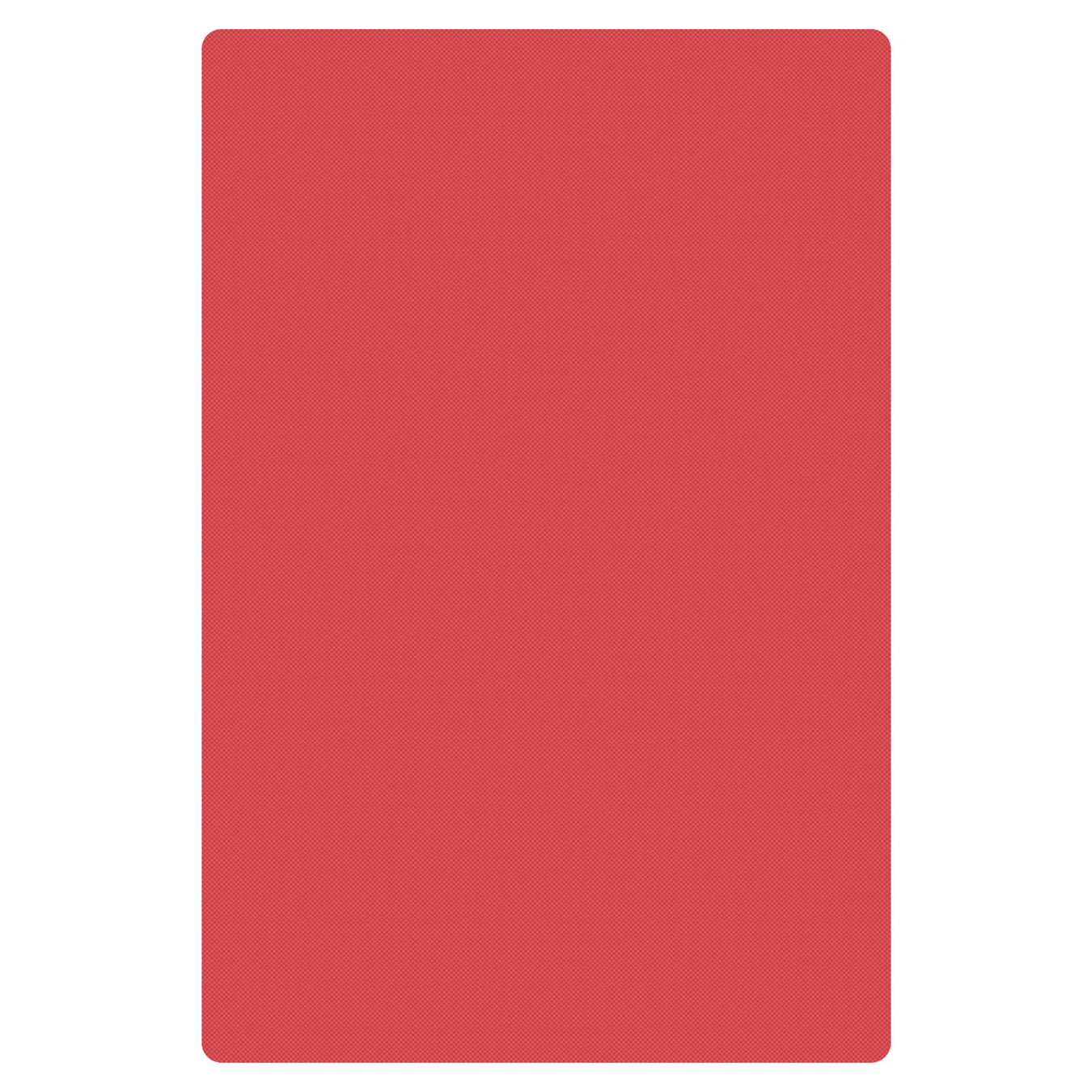
Choppoing Board
Polyethylene is currently the preferred material for chopping boards due to its durability, resistance to warping, waterproof nature, and most importantly, its hygienic properties. This thermoplastic substance, derived from ethylene, undergoes a process of heating, molding, cooling, and cutting to achieve a simple shape. The majority of polyethylene boards feature a rough-textured surface that prevents food from slipping during cutting. However, the main advantage over wood is that polyethylene can easily be restored to its original hygienic state with the use of a small amount of bleach. Given the shift in dietary habits towards consuming less red meat and more poultry, particularly chicken, it is crucial to use a polyethylene board for preparing raw poultry as it is often contaminated with salmonella. These boards are available in various sizes, with popular options being 8'x 12" or 12"x 18". The most versatile choice is the largest size, preferably with a depth of one inch and grooving on one side. This allows for chopping meat, poultry, fish, and vegetables on the flat side, while the grooved side can be used for carving. Additionally, polyethylene boards provide an excellent surface for rolling pastry doughs. Its natural coolness is essential for achieving optimal results when making pastries. As a chef, it is essential to have a well-equipped kitchen, and one of the most important tools is a cutting board. When it comes to choosing the right cutting board, there are several factors to consider. Firstly, the material of the cutting board is crucial. Polyethylene is currently the preferred material for chopping boards due to its durability and resistance to bacteria growth. Additionally, different colors of cutting boards can be used to prevent cross-contamination in the kitchen. For example, blue cutting boards are used for raw fish and seafood, while yellow cutting boards are designated for raw poultry. Red cutting boards should only be used for raw meat, while tan cutting boards are specifically reserved for cooked meat. Green cutting boards are ideal for chopping fruits and vegetables, while white cutting boards are best suited for dairy and bakery products. Lastly, purple cutting boards can be used as an allergen-free option in order to avoid any potential cross-contamination with allergens. By adhering to these guidelines and utilizing the appropriate cutting board for each food group, chefs can ensure food safety and maintain a clean and organized kitchen environment.Restaurant Equipment
-
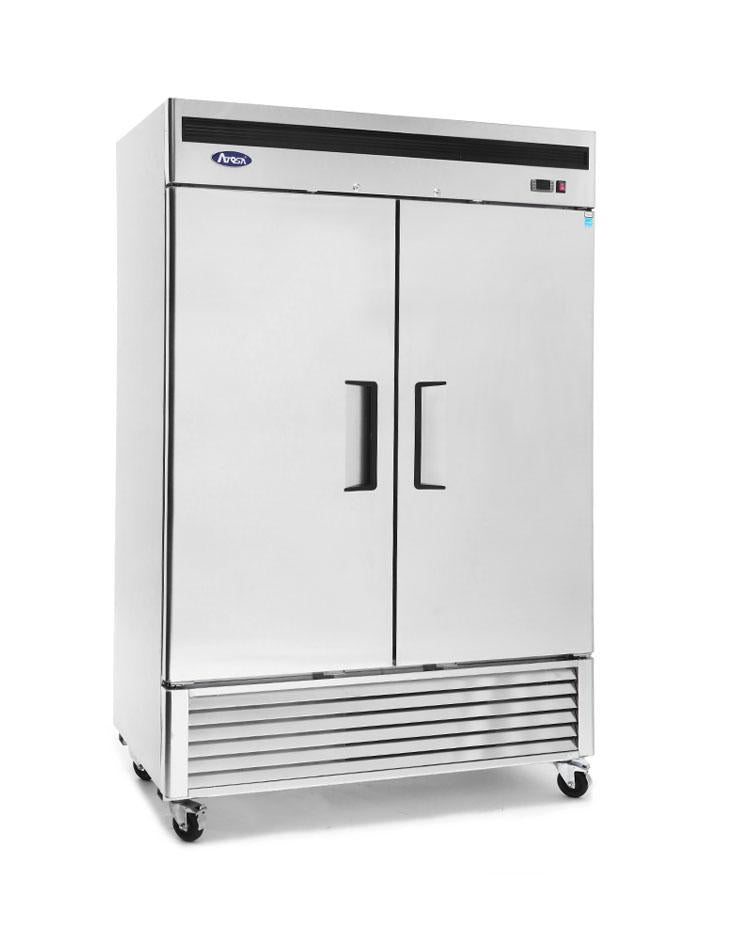
-
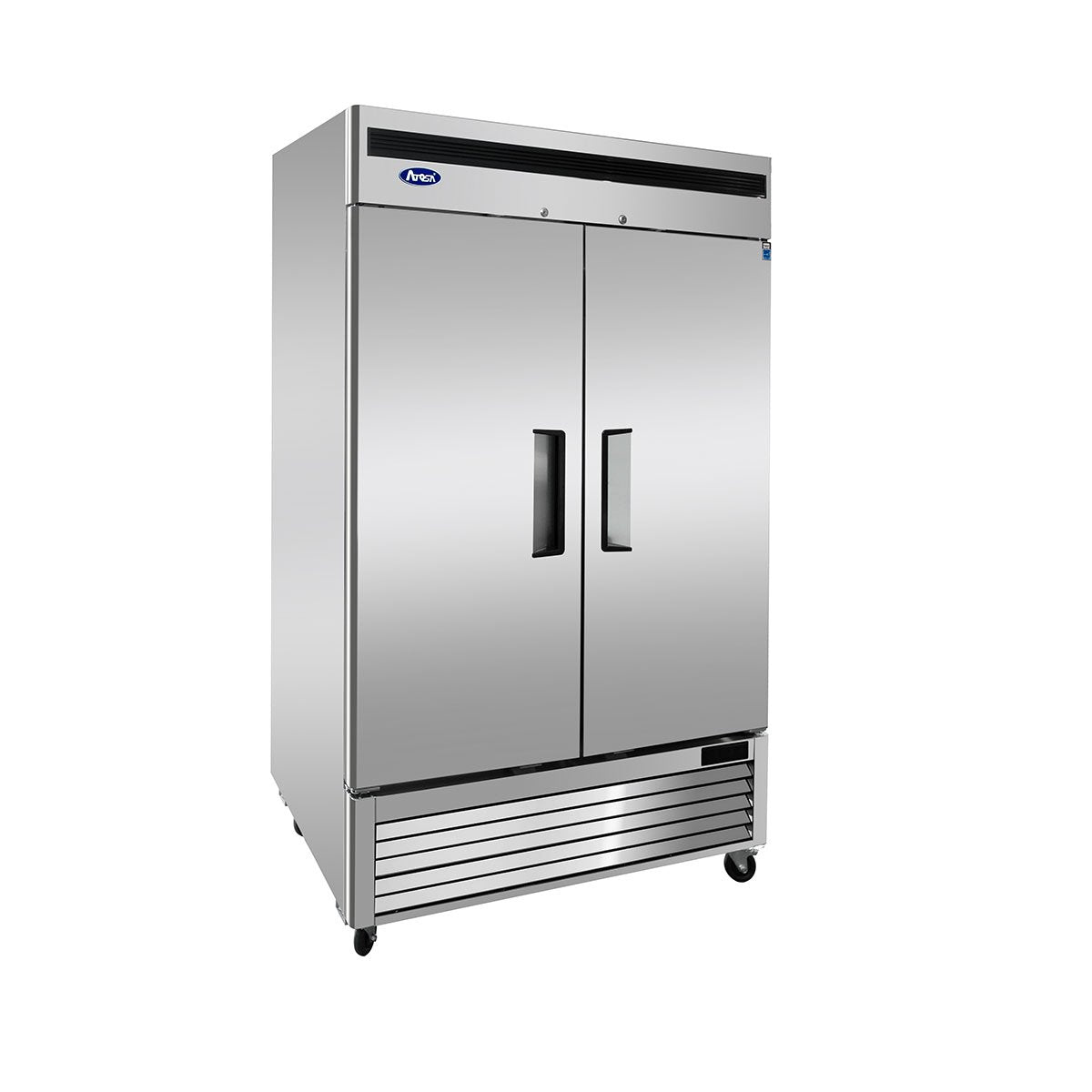
-
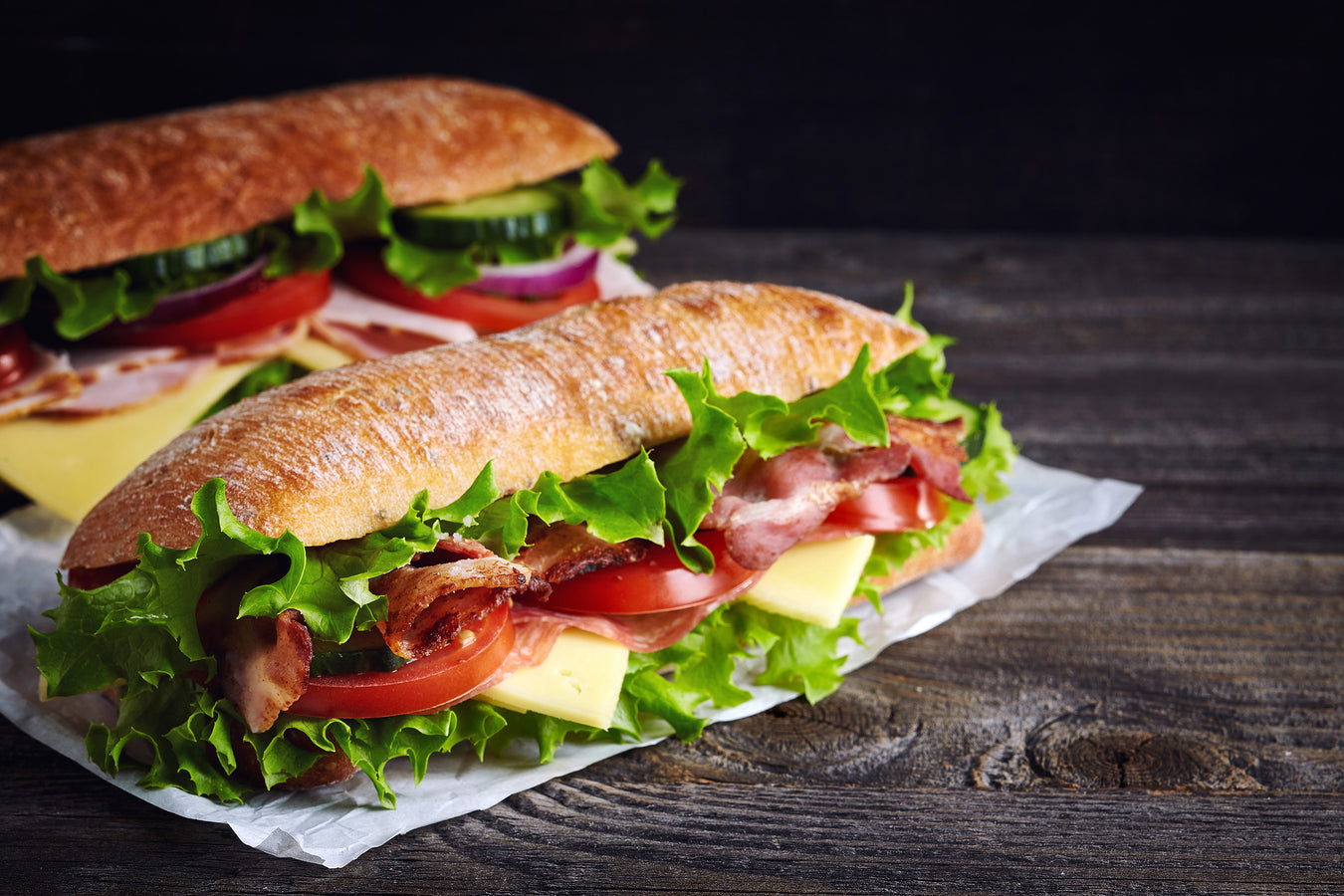
-

-

-
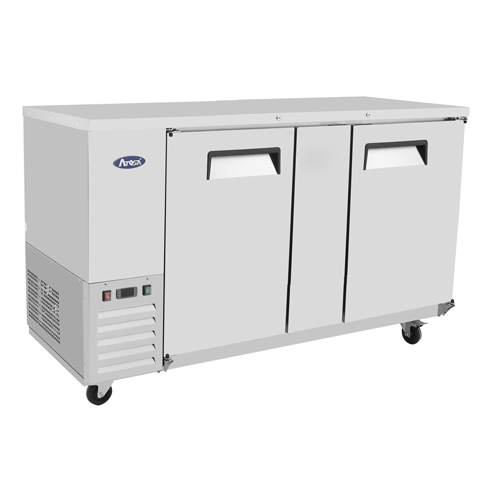
-
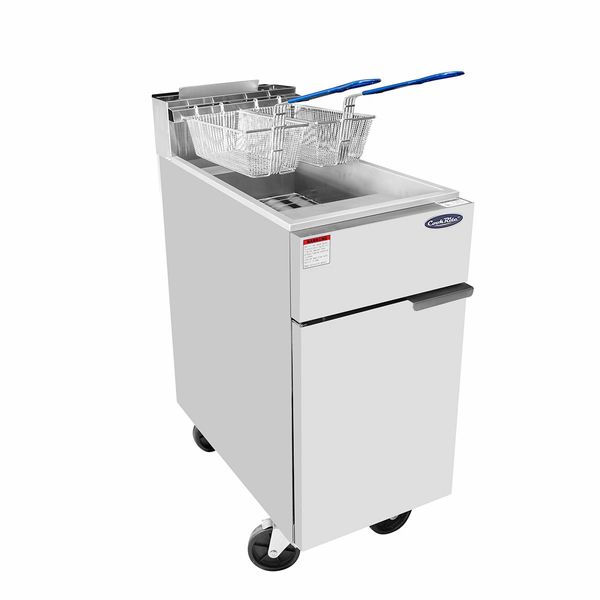
-
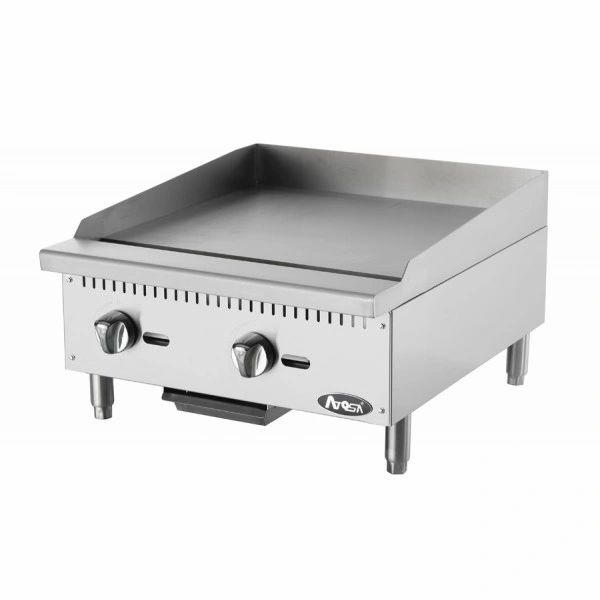
-
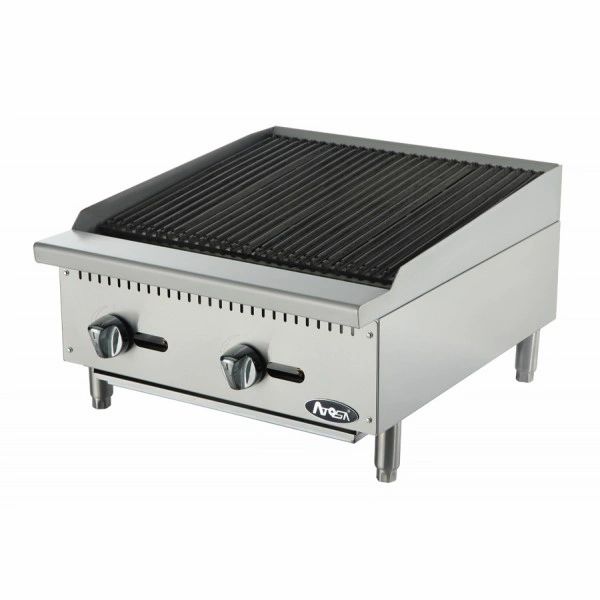
-

Restaurant Equipment Blog Posts
-
 Find the perfect commercial refrigerator for sale with our comprehensive guide, covering types, features, and tips to meet your business needs efficiently.Read now
Find the perfect commercial refrigerator for sale with our comprehensive guide, covering types, features, and tips to meet your business needs efficiently.Read now -
 April 11, 2025 SEAN KEARNEY
April 11, 2025 SEAN KEARNEYThe Ultimate Guide to Stainless Steel Prep Tables
Find the perfect stainless steel prep table for your kitchen with this comprehensive guide, covering key features, top brands, and maintenance tips.Read now -
 April 11, 2025 SEAN KEARNEY
April 11, 2025 SEAN KEARNEYRestaurant Equipment Financing: A Simple Guide
Learn how restaurant equipment financing can help you acquire essential tools without a hefty upfront cost, ensuring smooth operations and growth.Read now

